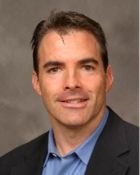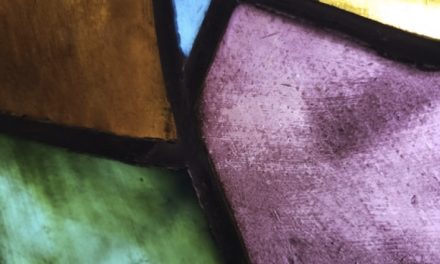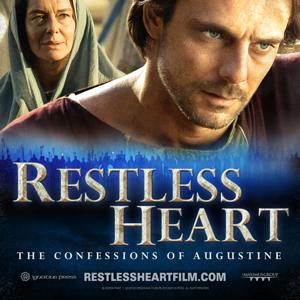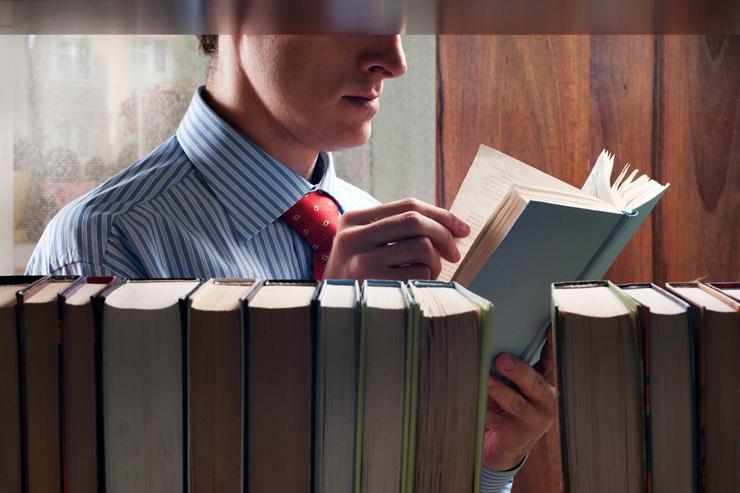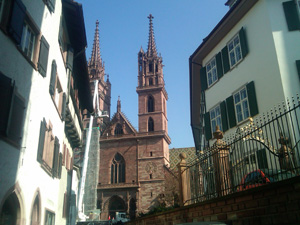
Basel Cathedral (Catholic until 1529)
“I just wanted to light a candle…” I thought as I scanned the ancient stone walls of the Cathedral. My eyes gazed at the sheer beauty of the Gothic-style architecture built over 1,000 years ago. Just then a brisk rush of wind filled the entrance as another traveler stopped in to look around. I decided to walk slowly down the center isle marveling at the beautiful of the tall stained glass windows and gorgeous marble statues. The mist in the air smelled fresh incense, even though it had been scented days long ago.
“Excuse me, can you tell me where I can light a candle, my friend was diagnosed with terminal cancer back in the States and I want to pray for him.” The women at the front counter looked up at me with a curious glance and replied, “Sir, we don’t have candles here.” So I decided to press, “Can you give me the Mass times for Ash Wednesday, I’m just in for a few days.” She said, “I’m sorry, but this is an Evangelical Lutheran Church, we don’t have Mass here, only one service on Sunday mornings and we don’t acknowledge Ash Wednesday.” My shoulders must have dropped when she whispered, “I’m sorry.”
I felt so deflated after seeing this Cathedral from a distance when I arrived in Basel, Switzerland the day before on business. After the long taxi ride, I was excited to assist at Mass in a place built by Catholics in the 9th century. Now standing in stunned silence, I was being told the nearest Catholic Church was across the border in France. I am not sure how accurate her comment was as there are Catholic churches in Basel – but at any rate, this was not one of them.
Now my own Protestant background came into view. I felt the need to investigate and decided to explore the roots of Catholicism here. I quickly sliced my way through the vast crowds of wandering tourists and pursued the Altar where they probably used to serve Ashes on this day set aside to observe Lent. I wanted to see how a Protestant Church would even have an Altar honoring the Blessed Mother. Mary held a soft spot in my heart now after having struggled with Marian teaching during my transition out of a Scottish Presbyterian Church some years earlier. This is where disappointment was met with prayer. I didn’t see anything symbolizing Mary, just a plaque under my feet built into the stone that read, “Restored 1597-1602, Sir Christoph Riggenbach.”
Reading this I suddenly heard sounds of Gregorian choirs lifting their voices up to Heaven. I could hear the echo of Priests whispering, “The Body of Christ”, as they offered Holy Mass from 823 and prior to 1529 when the city converted to the Protestant faith. During 1529, Protestants broke in during the iconoclasm of the Protestant Reformation and looted much of the artwork and relics housed in the cathedral. I felt the presence of the mystical body extended out to save mankind, only to be cutoff with the Altar replaced by a Pulpit. I heard the footsteps of tourists shuffling around this Altar to take pictures as if this was a museum and not Holy ground. I felt like I had broken into a house where a family once shared meals and the plates were still there on the table. I now felt angry that Martin Luther, once a hero of mine before I converted, ripped the Church apart in 1517 just a few hundred miles north of here across the German border.
My prayer became one of Christian unity to once again stand together as Catholics in a fallen world. How could a traveler, with a desire to light a candle for his friend be denied? I then kneeled, remembering the prayer of another “Basel” – St. Basil the Great …
“We pray O almighty and eternal God, through Jesus Christ revealed glory to all nations through Your Holy Church, to preserve His works of mercy, that the Holy Church, being spread through the broken world may continue with unchanging faith in the confession of Your name, Jesus Christ. Amen”
Please help us in our mission to assist readers to integrate their Catholic faith, family and work. Share this article with your family and friends via email and social media. We value your comments and encourage you to leave your thoughts below. Thank you! – The Editors

